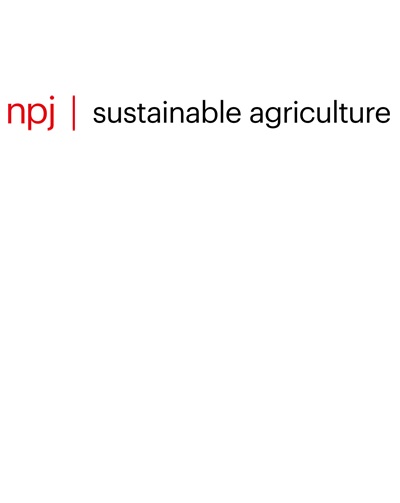Pará rubber (Hevea brasiliensis Müll. Arg) plantations have expanded into regions with sub-optimal growth conditions: distinct dry seasons and temperatures cooler than in humid tropics. The impact of these new marginal environments and future climate change on rubber tree development and latex yield is largely unknown. This hampers reliable prediction of farmers’ revenues and extent of carbon sequestration at landscape level. To improve our understanding of rubber trees response to planting at high altitudes and associated increase in planting densities, we applied the process-based Land Use Change Impact Assessment tool (LUCIA). It was calibrated with detailed ground survey data from Xishuangbanna, southwest China to model tree biomass development and latex yield in rubber plantations at the tree, plot and landscape level. Plantations were analyzed at
DOI:
https://doi.org/10.1016/j.foreco.2019.02.028
Score Altmetric:
Dimensions Nombre de citations:


















